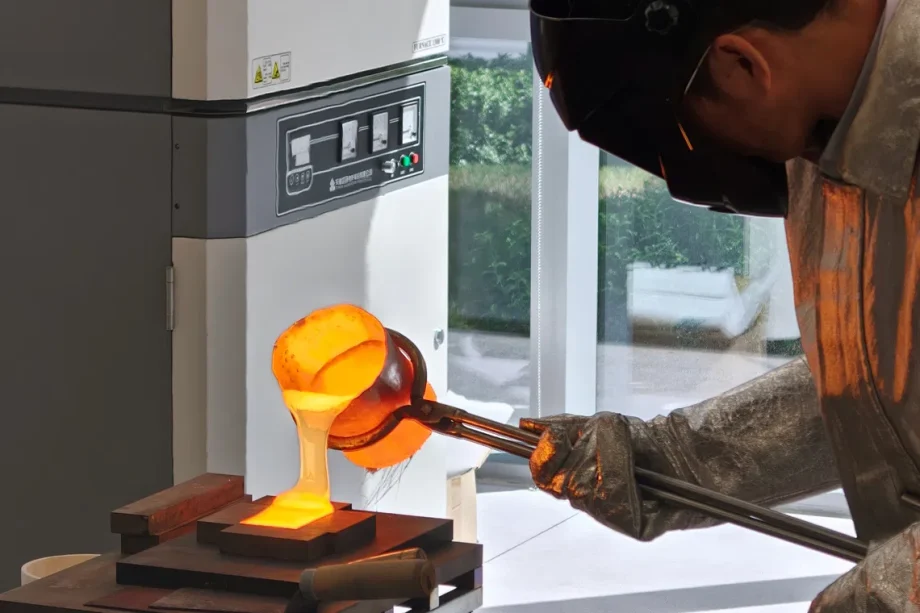In the realm of flagship Android phones, what would you consider “enough” for long-term use?
Some might argue that battery lifespan is the most important factor, or that a good phone doesn’t slow down after years of abuse and junk memory buildup. Others might say it has to do with surviving the daily rigours of use, far beyond lab-certified IP ratings, knocks, and bruises that your handset might sustain.
For OPPO, it decided: why choose?

OPPO Binhai Bay Campus. This is just the canteen alone.
Photo: HWZ
The Chinese smartphone brand demonstrated what it considers “enough” in ensuring a durable and smoothly operating Android phone through its guided R&D lab tour at its new OPPO Binhai Bay Campus, located on the outskirts of Dongguan, China.
The OPPO Binhai Bay Campus’ building area spans 277,000m², featuring a data centre in the central plot that serves two R&D Centres (Plot A and C), an office campus (Plot B), a residential estate that serves as condominium apartments for staff (Plot D), and an oval canteen capable of feeding up to 10,000 employees.
OPPO Apex Guard, a concept given physical form

OPPO’s answer to hardware standards, Apex Guard.
Photo: HWZ
OPPO’s work in ensuring long-lived flagship smartphones today and tomorrow can be summarised in a single phrase: to achieve greatness, one must not shy away from trivialities.
After all, promises made by Android brands are usually difficult to keep once the phone leaves the retail shelves and enters a consumer’s hands. To alleviate the gap in expectations, OPPO decided that it could perfect every detail about its devices before it even leaves the factory floor.

OPPO Apex Guard and how it goes beyond “industry standard” testing.
Photo: HWZ
To meet the new, self-imposed standard, OPPO called its new approach to hardware testing by the name of Apex Guard.
Summarising the hours of presentations and demonstrations we’ve gone through, Apex Guard is a guiding principle upholding OPPO’s promises of phone durability. It goes beyond industry-standard testing, looks past an expected product’s lifespan, and is above what normal people consider as normal, everyday use.

We were given a crash course on the life cycle of materials innovation and testing before we were even allowed to understand the work OPPO did.
Photo: HWZ

Materials inspection at a microscopic level, before OPPO decides if it deserves to be in your phone.
Photo: HWZ
Some were harder to demonstrate in person and would simply remain as claims OPPO made (for example, OPPO stated that it conducts temperature tests ranging from -40°C to +75°C). Other examples of its Apex Guard approach were more visceral, providing us with numerous opportunities to observe as we navigated its maze-like labs.

The metal that makes up the hinges inside Find N foldable phones are subjected to a morning stretch… of 20,000N force.
Photo: HWZ

The end result of the stretching exercise.





















